

After being seen for months in the Miami International airport sitting in the wheelchair with the stick of a walker, Mike Tyson, the former world heavyweight...
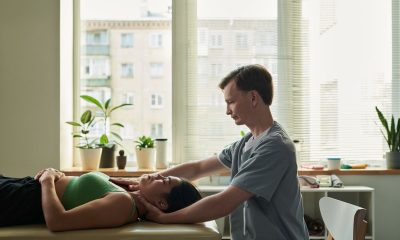

When it comes to chiropractic care, you should consider regular visits as routine maintenance, just as you would with your car’s oil change. The reason is...
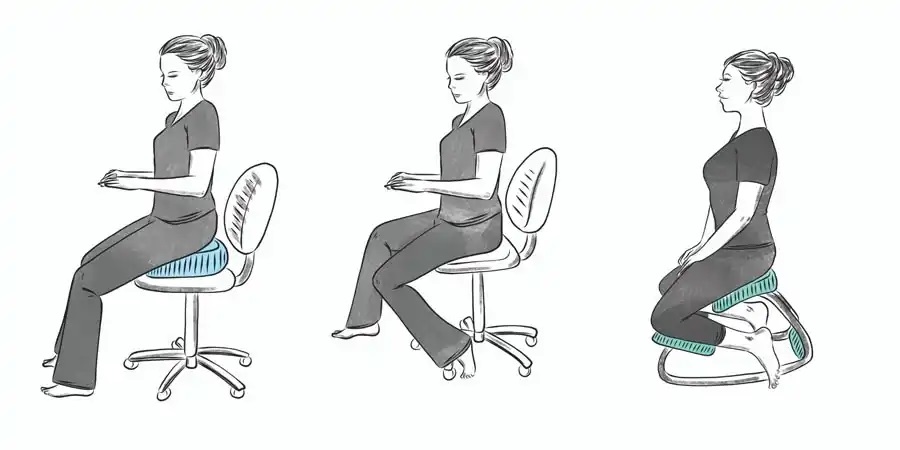
Is there a right way to sit with sciatic pain? There is no right or wrong way to sit with sciatica pain, but there is a...
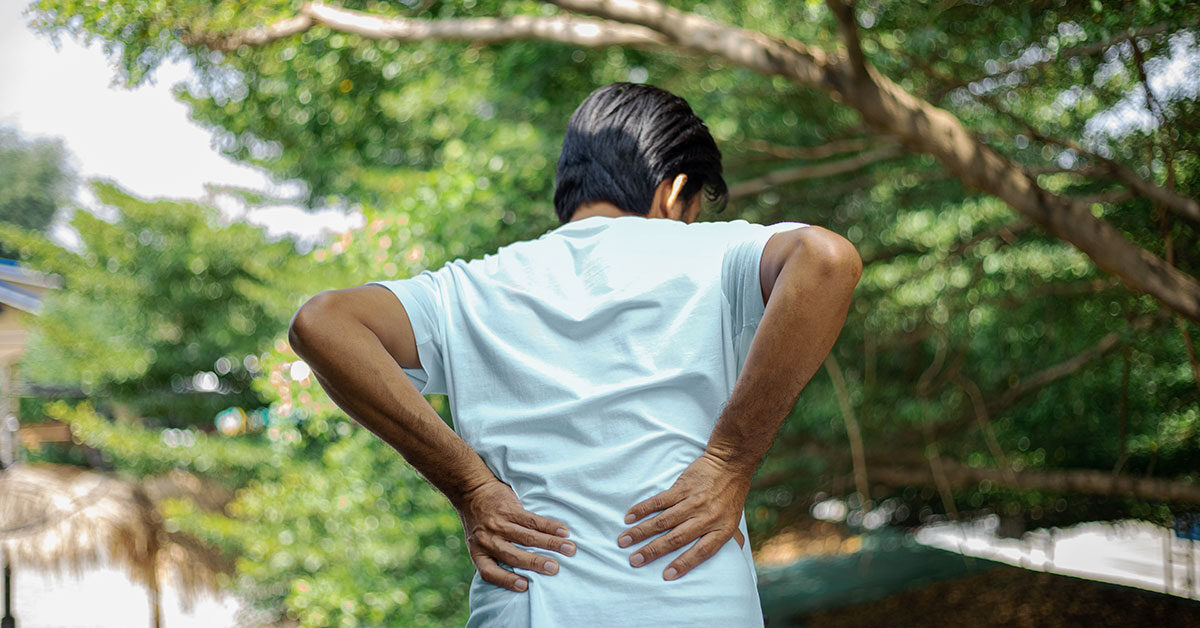
The two most frequent reasons for back problems are back arthritis, and sciatica. Although both can are affecting back pain and the spine and back but...
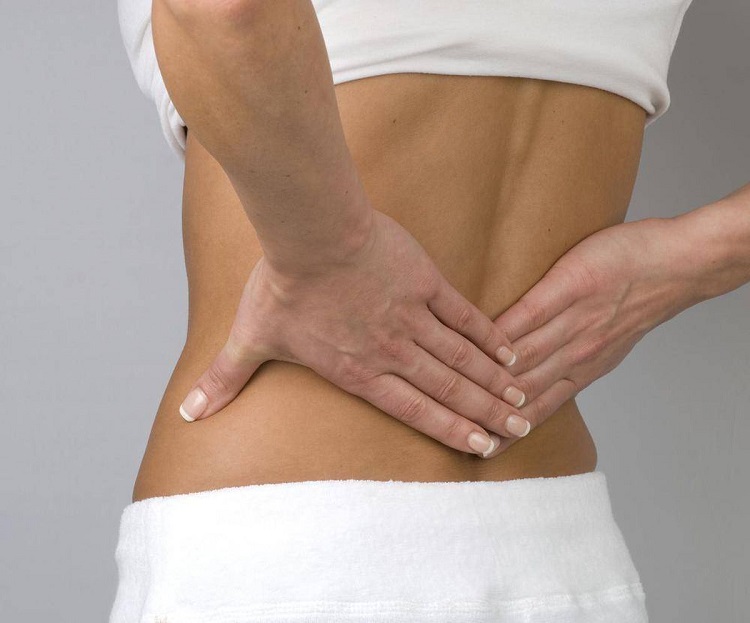

Sciatica is a condition that results in pain, tingling, or numbness in the lower back and legs. This condition can be caused by various factors, including...

Mike Tyson has been suffering from Sciatica. The legendary boxer, who is 56 years old, has spoken out about his health issues after being photographed in...
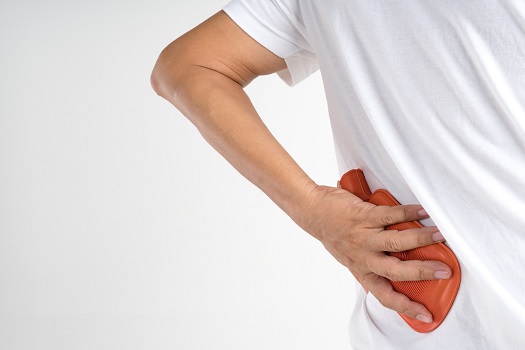

Sciatica is a condition that results in pain, numbness, or weakness that radiates from the lower back, down, one or both legs. This pain can be...
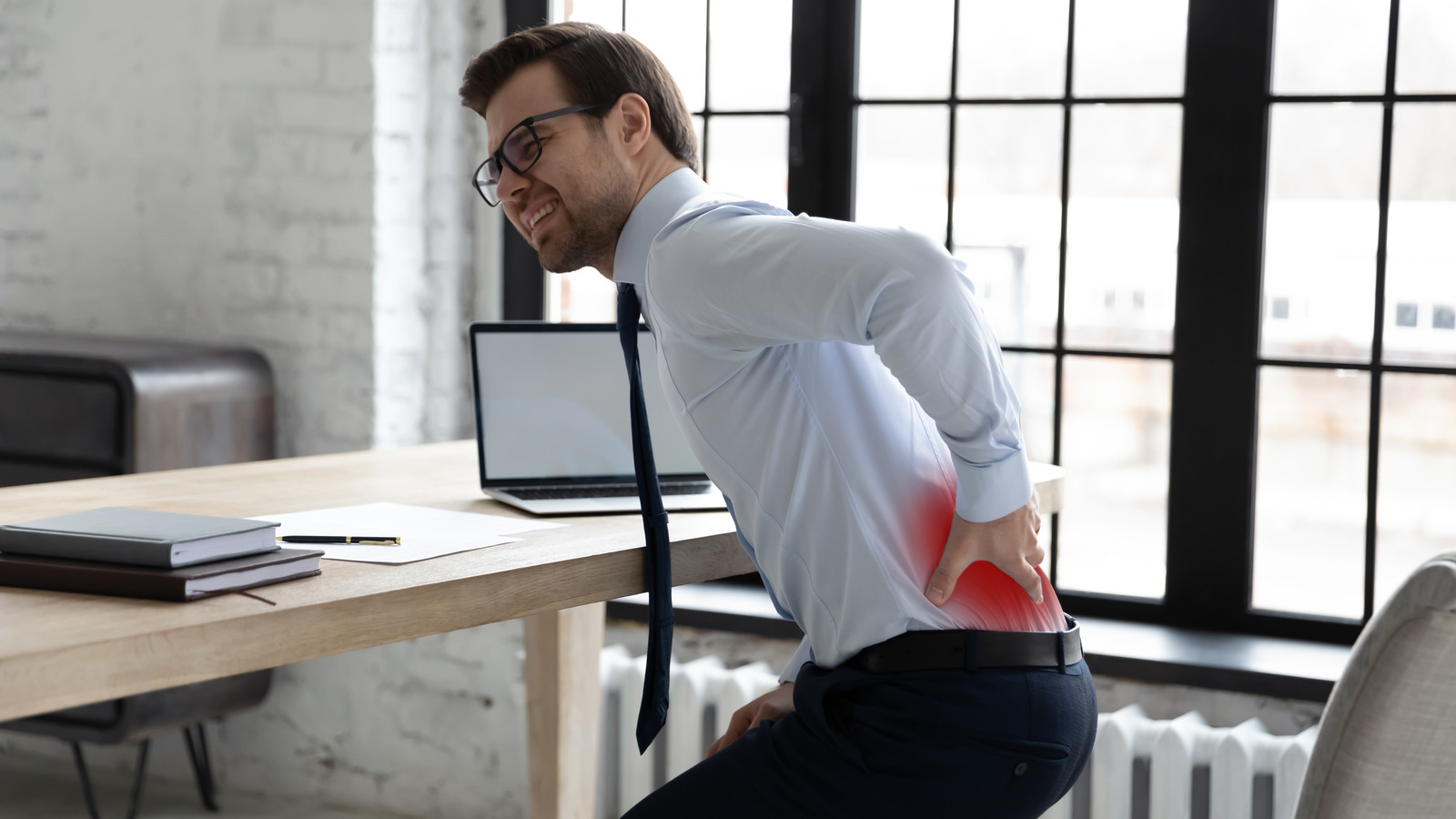
Certain of the trusted alternative treatments that help alleviate the pain associated with sciatica consist of chiropractic treatment that is combined with physical therapy and massage...
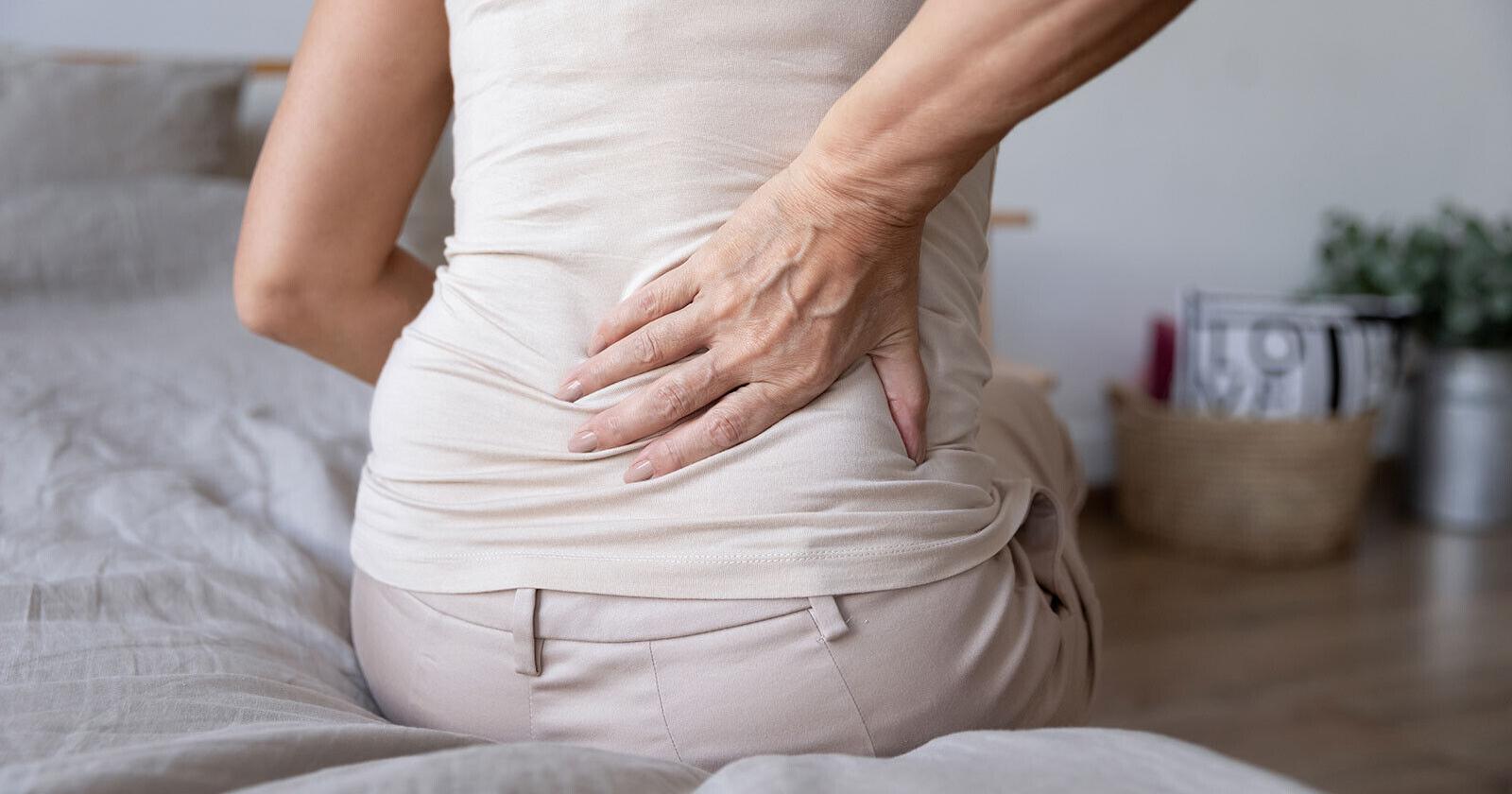
Most often, it is associated with often associated with back discomfort, sciatica tends to be more painful in the butt as well as the leg. This...

After the fourth time he won an NBA title, Draymond Green finally disclosed how much his back injury affected him in 2021-22 NBA season. In the...